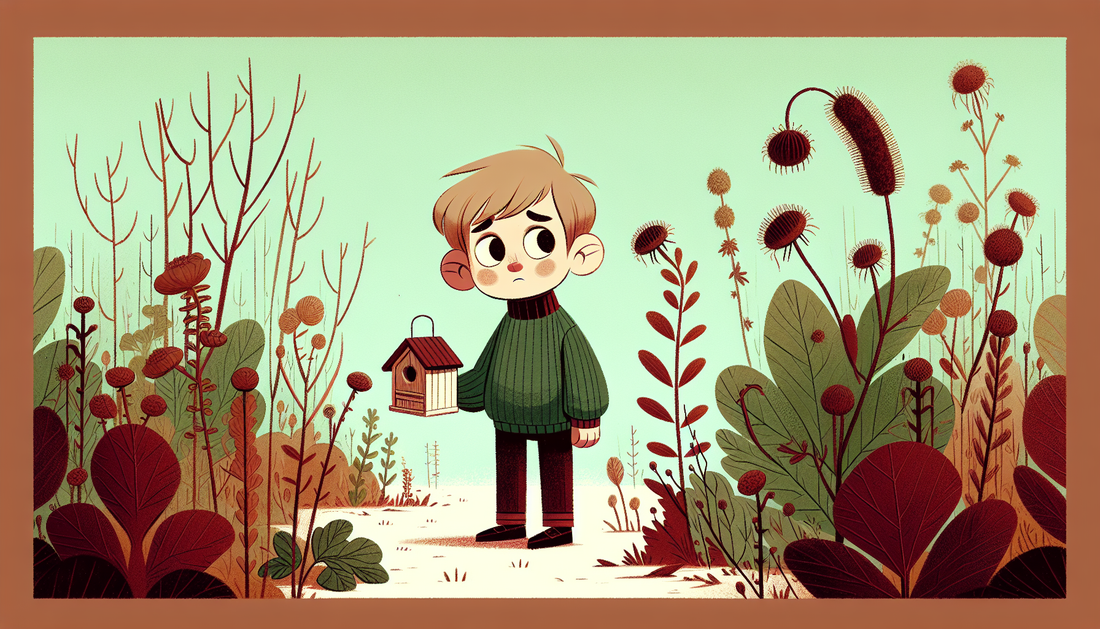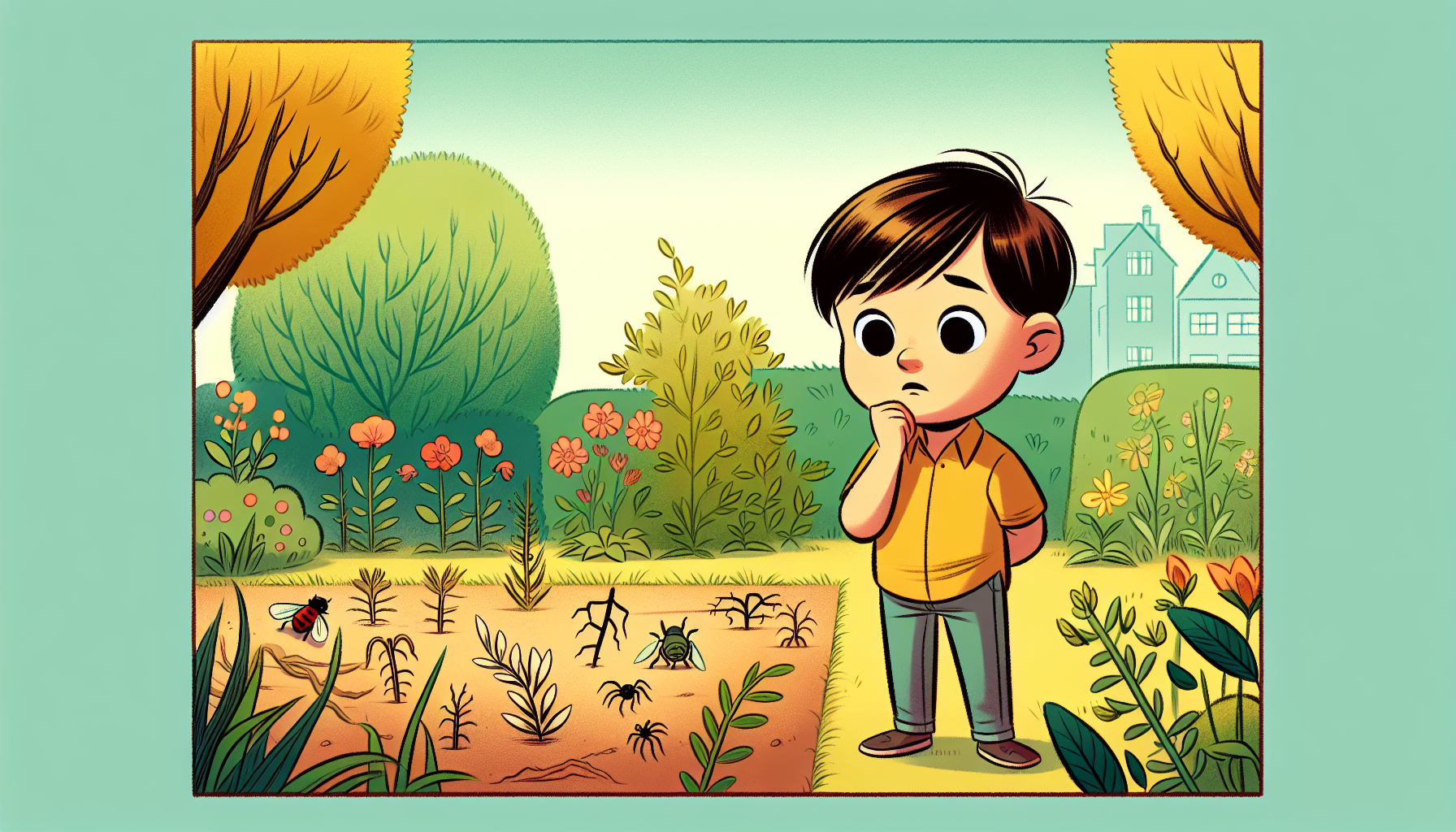
Insect hotel: How to create a colorful habitat in the garden
A blooming garden with buzzing bees and fluttering ladybugs is a lively place full of natural diversity. An insect hotel is a practical way to actively support this balance. It offers rare and useful insects a safe home - and thus contributes directly to the promotion of biodiversity. But how useful is an insect hotel really, what is important when choosing a location and equipment, and how can technology and bird protection be sensibly combined? This article answers your most important questions and gives you specific tips for your garden, balcony or allotment. How to create a sustainable habitat step by step - right on your doorstep.
Why an insect hotel in the garden is indispensable

Insect hotels promote biodiversity and noticeably improve the health of your garden. Wild bees, lacewings and beetles hardly find any natural breeding grounds, especially in housing estates and outlying urban areas. A well-positioned insect hotel provides an urgently needed substitute.
In addition to providing a nesting aid, it also ensures balanced cycles: plants are better pollinated, pests such as aphids are naturally regulated and birds find more food. The positive effect is measurable - especially in fruit and vegetable cultivation. A natural garden starts with the smallest inhabitants.
The role insects play in the garden
Wild bees are more efficient pollinators than honey bees - they fly in cool weather and to specific types of flowers. Ladybugs and lacewings regulate aphid populations, while beetle larvae help decompose organic matter. These functions make insects irreplaceable in the natural garden cycle.
An insect hotel therefore not only stands for biodiversity, but also ensures healthy plants and stable harvests. By providing living space for endangered species, you promote the ecological balance in the long term.
These insects benefit most from an insect hotel
An insect hotel is primarily aimed at solitary insects - i.e. animals that do not live in colonies such as honey bees or ants. A variety of materials and structures is important in order to attract as many useful species as possible.
Overview of beneficial species
- Wild bees - ideal pollinators for fruit, berries and herbs
- Lacewings - their larvae eat large quantities of aphids
- Ladybugs - natural pest controllers in the vegetable patch
- Earwigs - active against aphids and mites in raised beds
- Ichneumon wasps - parasitize pests without danger to humans
Each species prefers certain materials. Attracting the right animals depends on the quality and structure of the hotel.
The best materials for high colonization
- Hardwood with smooth drill holes (3-9 mm) for wild bees
- Reeds and elder branches for mason bees
- Straw and wood wool for lacewings and earwigs
- Tree bark and cones for ladybugs and beetles
- Clay bricks and clay tubes for masked and digger wasps
Stay away from softwood or plastic-coated tubes. Frayed holes can damage insect wings and coated surfaces are avoided. Look for natural, untreated materials with a clean finish.
How to place an insect hotel correctly in the garden
The right location determines whether your insect hotel will be accepted. Wild bees and many beetle species need warmth and dryness - the orientation plays a key role in this.
Optimal light conditions and protection from the weather
Make sure you choose a south or south-east facing position. The location should receive at least 4 to 6 hours of sunshine a day. Light rain protection by a canopy or adjacent wall is ideal. Tilt the hotel slightly forwards to prevent rain from entering.
Mount the insect hotel stably at a height of 1 to 2 meters - a wooden post, a fence or a protected house wall are suitable. Wobbly or poorly protected hotels usually remain uninhabited.
Flora and water within reach
Make sure that nectar plants and native flowering shrubs grow in the immediate vicinity. Species such as wild carrot, yarrow, cornflower or bellflower are ideal - they provide food for native insects from early spring to fall.
A small watering hole is also important. A shallow bowl of wet clay or a shady stone with rainwater retention is sufficient as a bee drinking trough and helps with building material for nesting tubes.
Technology meets nature: modern observation of insects and birds
The combination of a classic insect hotel and modern monitoring technology not only increases the enjoyment of nature, but also the understanding of ecological processes. Weatherproof wildlife cameras provide fascinating insights - ideal for families, technology fans and school projects.
Which camera is suitable for the garden?
Compact cameras with a motion sensor, IR night vision and timer function are sufficient for simple observation. Look out for:
- Compact size and weatherproof housing
- USB power connection or battery operation with solar cell
- Optional WLAN function for live image on smartphone
WLAN-enabled nest box cameras with app control are particularly popular with families. They show the breeding behavior of tits or the hatching of young birds live - a real nature experience at home.
What technology enthusiasts should also consider
Use weatherproof power banks or solar panels for maximum flexibility. Cloud storage enables time-lapse recordings and archiving. Simple commissioning via plug-and-play connection ensures joy instead of frustration - also easy to implement for senior citizens.
For more tips on choosing a camera, take a look at www.gartenjournal.net/wildkamera-vergleich (rel="nofollow")
Clever combination of insect hotel and bird protection
A diverse garden not only attracts insects, but also birds such as tits, nuthatches and wrens. They depend on insect food - especially to raise their young. You can create an ecological balance with targeted measures.
Combine nesting opportunities and protective plants
Install bird nesting boxes at a sufficient distance from the insect hotel. This will help you avoid direct predator relationships. Cavity-nesting birds such as blue tits and black redstarts take to wooden nesting boxes particularly well.
Support the environment with native shrubs: Elder, dogwood or hawthorn provide hiding places, flowers and berries. Avoid pruning during the breeding season between March and August - this is already regulated by § 39 of the Federal Nature Conservation Act.
Targeted feeding in winter
From September onwards, you can support birds with fat mixtures, sunflower seeds and berry scraps. Use silos or protected feeders. Combine the experience with observation cameras - good for children, but also for people with limited mobility.
NABU offers further information on bird protection at www.nabu.de/tiere-und-pflanzen/aktionen-und-projekte/stunde-der-gartenvoegel/ (rel="nofollow")
Conclusion: Combining more nature with technology and knowledge
A correctly placed insect hotel is the first step towards more biodiversity in your own garden. Combined with flowering plants, bird nesting boxes and well thought-out technology, a living ecosystem is created that brings joy to insects, birds - and people.
Take the time to observe, pay attention to the quality of construction and maintain the site regularly. Use modern cameras to make your garden a digital experience - whether for children, senior citizens or as a joint project. Every square meter counts.
Start now - with an insect hotel as a focal point for nature, education and technical discovery. The first step is easy. And the effect is sustainable.
FAQ: Frequently asked questions about insect hotels
How long does it take for an insect hotel to be colonized?
That depends on the location and the environment. It often takes a few weeks - in some cases until the next season. Patience is crucial.
Do I have to dismantle an insect hotel in winter?
No - many insects spend the winter in the tubes. The hotel should remain undisturbed and must not be moved.
Can I also install an insect hotel on the balcony?
Yes, as long as there is sufficient sunlight and flowering plants nearby. Balcony gardens can also contribute to biodiversity.
Does an insect hotel help against aphids?
Indirectly, yes. Lacewings, ladybugs and earwigs love aphids - with the right hotel, you can attract these beneficial insects in a targeted manner.
Are all the insects in the hotel safe for children?
Yes, most inhabitants are shy, peaceful and do not sting. On the contrary: observing them encourages curiosity and environmental awareness.
